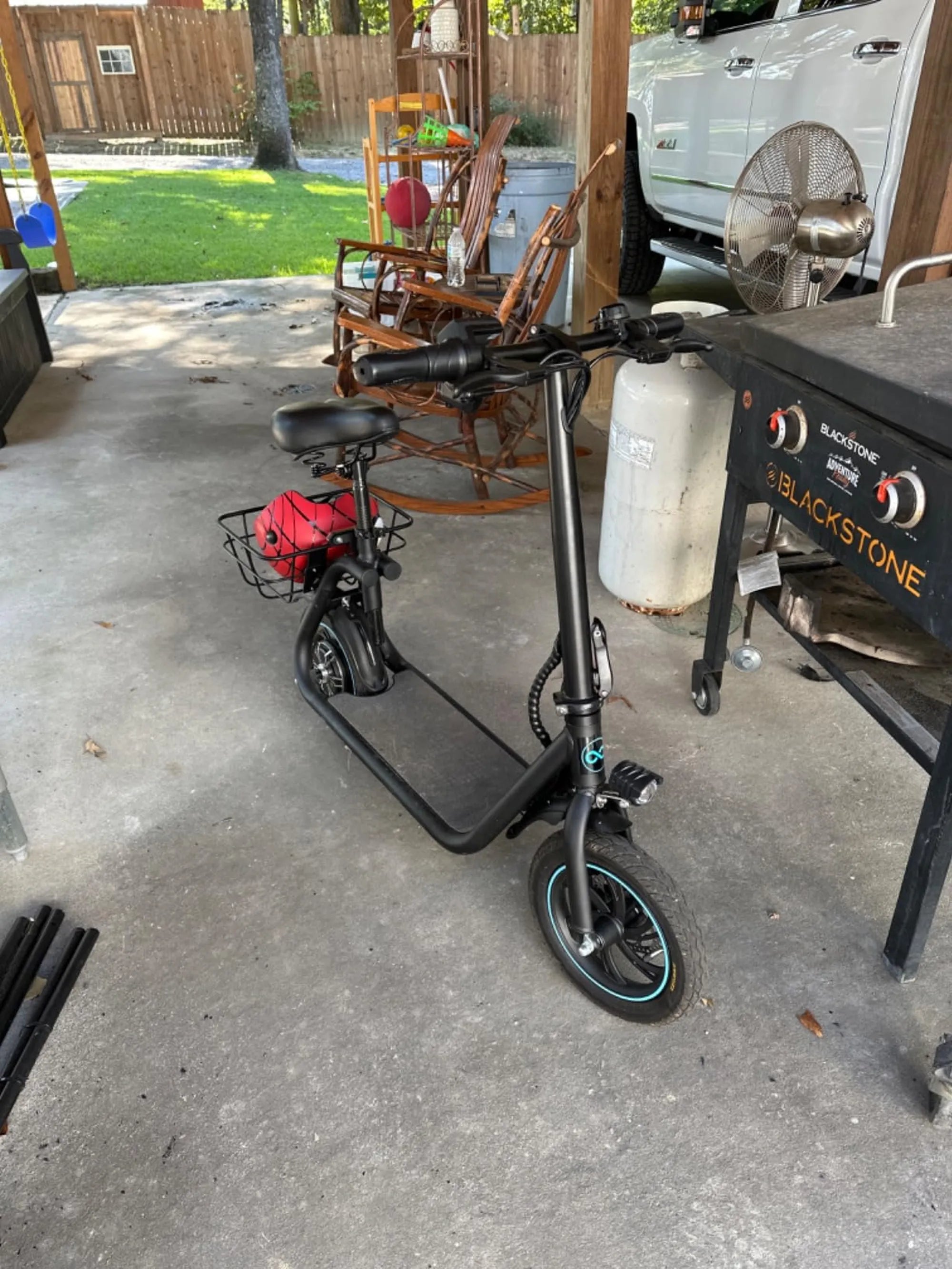Electric scooters are revolutionizing urban transportation, providing a quick, affordable, and eco-friendly way to navigate busy city streets. Whether you're commuting to work or exploring a new neighborhood, these compact vehicles offer a seamless alternative to cars and public transport. But how do electric scooters work in cities, and what makes them such a game-changer for urban mobility? Let's dive in.
The Mechanics of Electric Scooters
Electric scooters are powered by rechargeable batteries, typically lithium-ion, which provide energy to an electric motor. The motor drives the scooter's wheels, allowing it to move without the need for pedaling or fuel. Most models feature a throttle mechanism, either a twist-grip or a button, which controls speed. Regenerative braking systems help recharge the battery slightly while slowing down, improving efficiency.
How Electric Scooters Integrate Into Urban Infrastructure
Cities have adapted to accommodate electric scooters by implementing dedicated bike lanes, parking zones, and charging stations. Many urban areas also enforce speed limits and geofencing technology to restrict scooter use in pedestrian-heavy zones. Dockless scooter-sharing systems allow users to locate and unlock scooters via smartphone apps, making them highly accessible for short trips.
Benefits of Electric Scooters in Cities
Electric scooters reduce traffic congestion by offering a compact alternative to cars. They also lower carbon emissions, contributing to cleaner air in densely populated areas. Their affordability and ease of use make them an attractive option for last-mile transportation, bridging gaps between public transit stops and final destinations.
Challenges and Safety Concerns
Despite their advantages, electric scooters face challenges such as vandalism, improper parking, and accidents due to reckless riding. Cities must balance accessibility with regulations to ensure safety for both riders and pedestrians. Helmet laws and rider education programs are increasingly common to mitigate risks.
The Future of Electric Scooters in Urban Mobility
As technology advances, electric scooters are expected to become more efficient, with longer battery life and smarter connectivity features. Cities will likely continue refining infrastructure and policies to support sustainable micro-mobility solutions. The integration of AI and IoT could further enhance scooter-sharing systems, making them even more user-friendly.
Electric scooters are here to stay, transforming the way we move through cities. With their blend of convenience, sustainability, and innovation, they offer a glimpse into the future of urban transportation. Ready to hop on and ride into tomorrow?

Share:
Electric Scooters for Adults Price: A Comprehensive Guide to Affordable Mobility
Electric Scooters in Pakistan: The Future of Urban Mobility